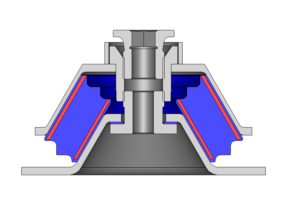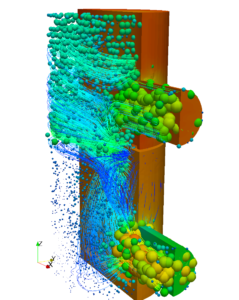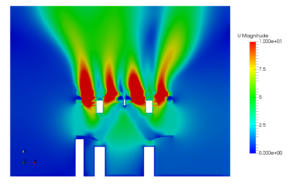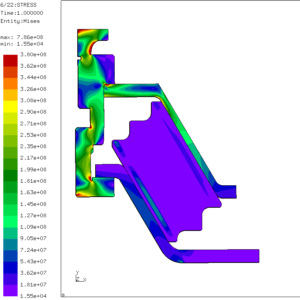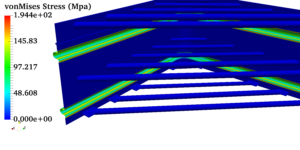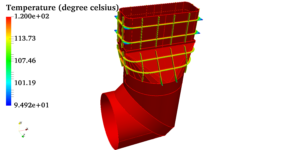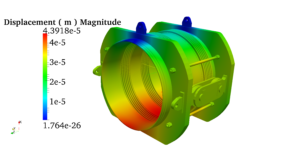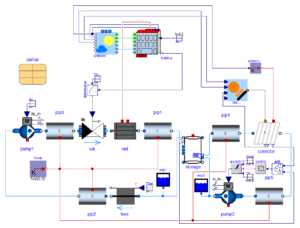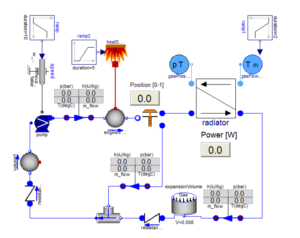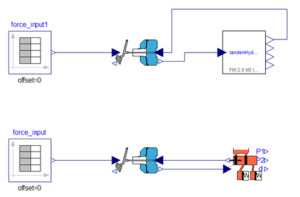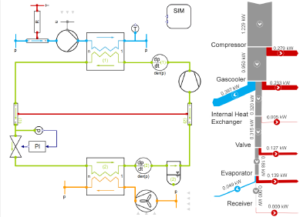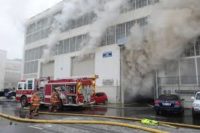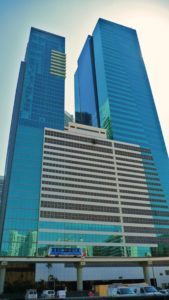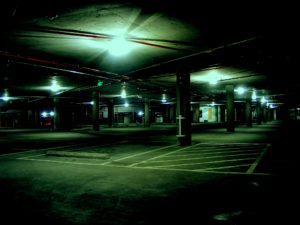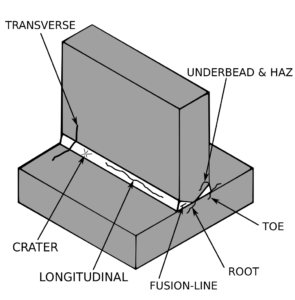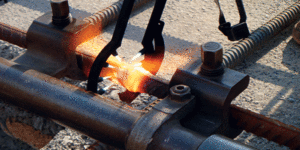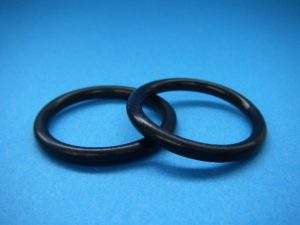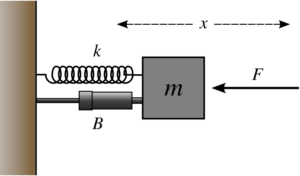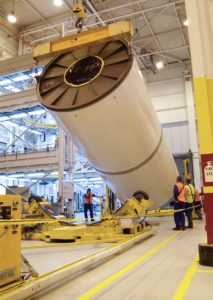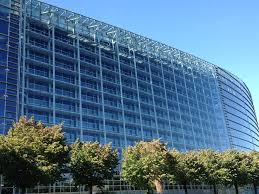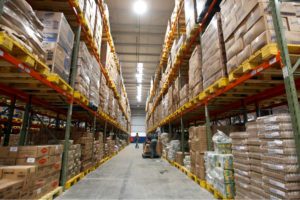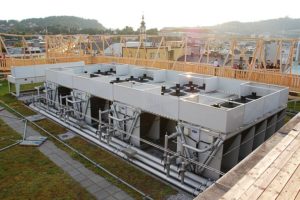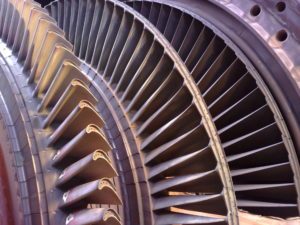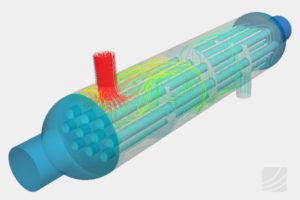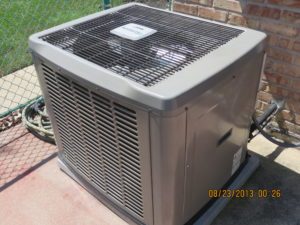HVAC system design : stack effect in high-rise buildings
HVAC System Design : Stack Effect in High Rise Buildings
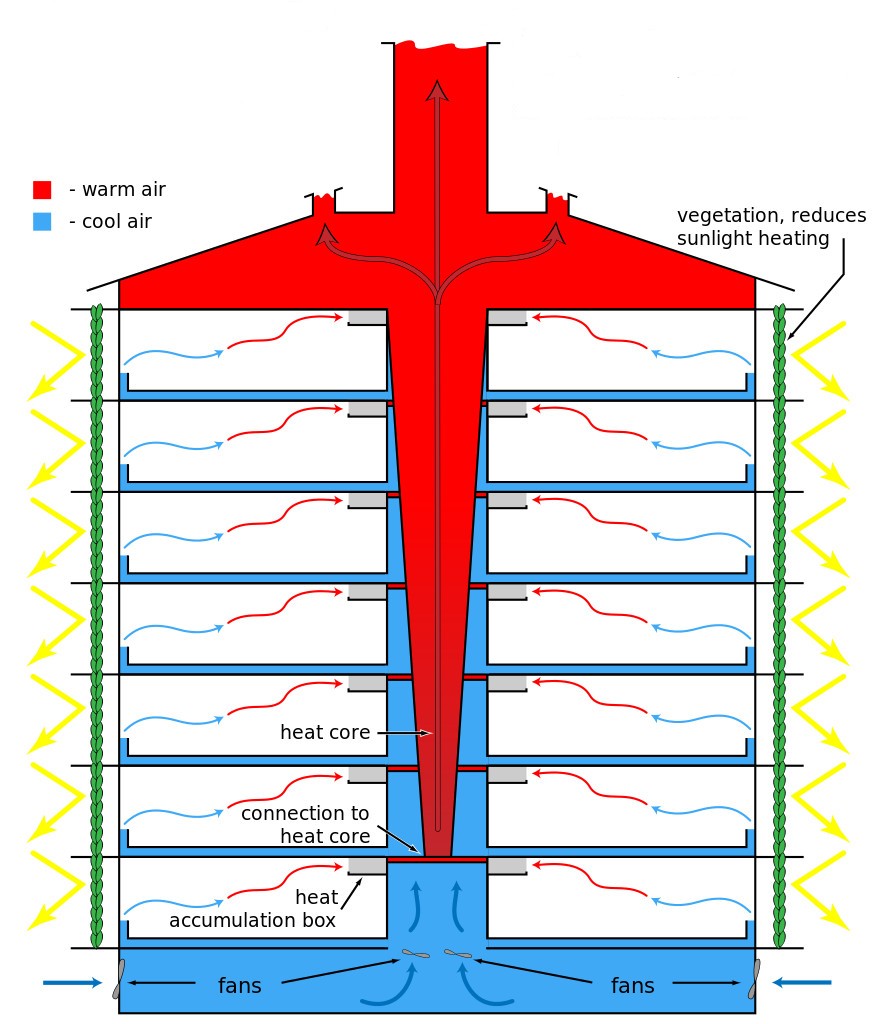
The stack effect is a major challenge for skyscrapers, but it can also be a factor for two-story family homes. It’s a condition in which the structure acts like a giant chimney, efficiently funneling warm air upwards until it eventually leaves the structure entirely.
The stack effect occurs when the outside temperature is substantially lower than the indoor temperature. Cold air is denser than warm air, so when cold air enters the structure at the bottom, it pushes warm air higher. This creates an airflow that actually pulls in more cold air and intensifies drafts. The taller the structure, the stronger the airflow. This is why revolving doors were developed shortly after the first skyscrapers. The force of the suction at ground level was so strong in the winter that people would struggle to pull the doors open!
The obvious problem is that the treated air are lost, and therefore are wasting energy. But another factor is that this problem can become worse over time. If the airflow is especially strong, that puts pressure on fine cracks, crumbling masonry, cracking weather stripping and other vulnerable areas where drafts are just barely getting through. With sustained pressure, these gaps can widen and expand, intensifying the airflow and accelerating energy loss.
The stack effect works because warm air has to go somewhere when it reaches the highest level of your home. In many cases, it escapes into the attic through cracked ceilings, leaky air ducts, recessed light fixtures or simply through insufficient insulation on the attic floor. Once it reaches the attic, it reaches the outdoors through any little vulnerability it can find.While you should seal drafts and maintain insulation all over your home, the barrier between your top floor and the attic is the most important layer for fighting the stack effect.

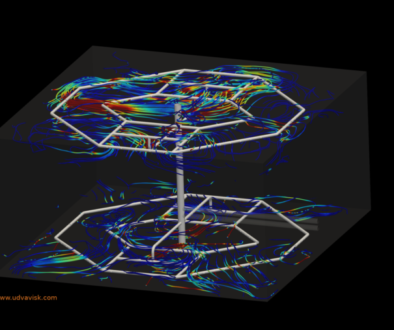
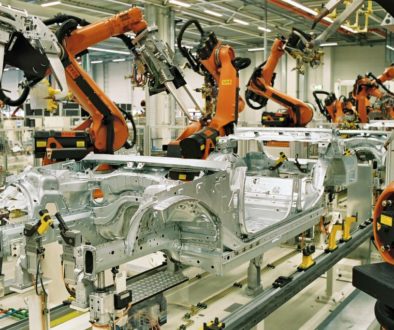
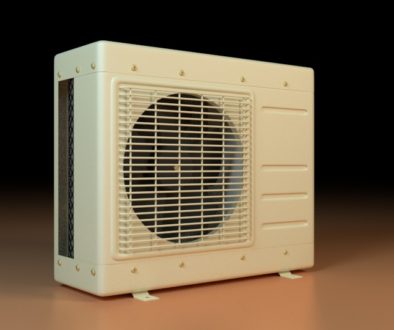
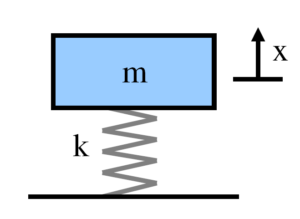
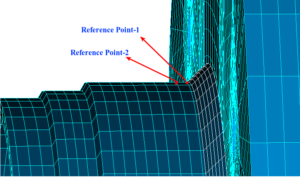
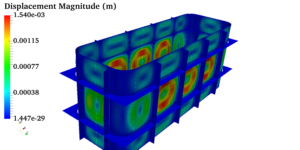 Pressure vessels, pipes, expansion joints etc. are basic equipments for process industries. Pressure vessels are vessels working under internal, external or vacuum pressure, and possibly subjected to high temperature. Proper design and analysis is very important for the pressure vessels, as their failure can cause lot of hazards. Codes/ standards are used in the design phase, followed by analysis to ascertain stresses are within the allowable range. ASME provides wide range of guidelines for the proper design of such vessels.
Pressure vessels, pipes, expansion joints etc. are basic equipments for process industries. Pressure vessels are vessels working under internal, external or vacuum pressure, and possibly subjected to high temperature. Proper design and analysis is very important for the pressure vessels, as their failure can cause lot of hazards. Codes/ standards are used in the design phase, followed by analysis to ascertain stresses are within the allowable range. ASME provides wide range of guidelines for the proper design of such vessels.